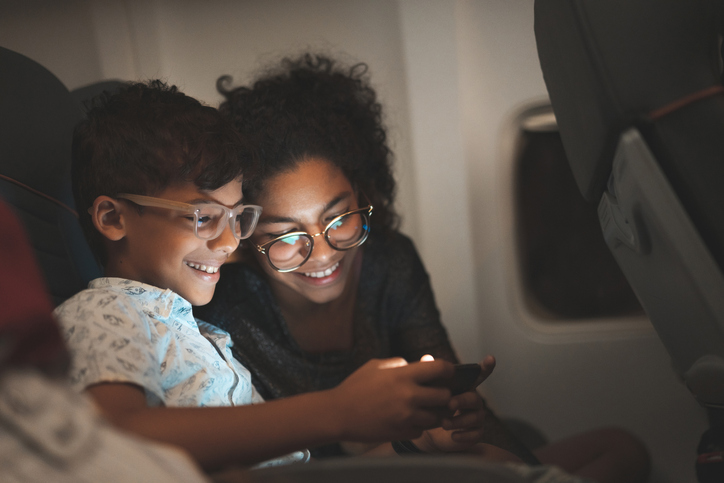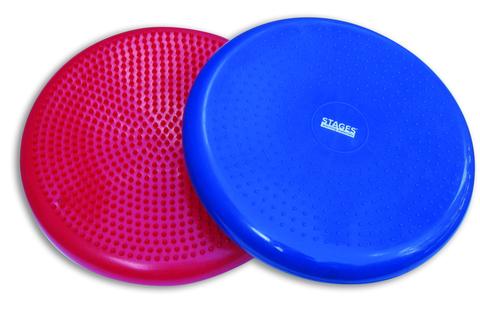Top 10 Tips for Traveling with Kids with Autism
Travel can be a beautiful way to explore a new environment, bond as a family, and learn together. For children on the autism spectrum, travel can also mean venturing through unfamiliar routines and adjusting to stressful, chaotic situations. However, with thoughtful preparation, traveling can be an opportunity to show your child that a break from the usual routines can be a wonderful adventure. Use these 10 tips to help create a travel experience that is rewarding for everyone in your family.
BEFORE TRAVEL
1. Consider familiar routines and preferences.
While travel necessitates some flexibility in scheduling, consider if there are any “musts” in your child’s daily routine that can be kept the same during travel. It could be a particular breakfast, a special, comforting toy, or a bedtime ritual. Perhaps there are some activities that your child is used to doing on a certain day that could be done even on the road. If appropriate, including your child in the packing and decision-making process can help give your child a sense of control. Keeping some familiarity will help reduce the stressors that may come along with travel.
2. Use social stories and other media to preview any difficult changes.
You can alleviate some on your child’s triggers or fears by using social stories to practice the most unfamiliar or difficult changes. For example, an illustrated, chronological itinerary printed on cards can help your child visualize the new routine. It can also serve as an opportunity to talk through the transitions and serve as a starting point for your child to voice any concerns. For ideas, try using the Language Builder Sequencing Cards to talk through step-by-step routines. It may also help to watch videos of planes taking off, people going through security, or look at photos of the planned hotel stays. Let your child’s questions and worries guide your discussions and preparations.
For emotional needs, role play can help anticipate difficult situations like fighting with siblings or regulating frustration or anger. The Language Builder Emotions Cards can help you talk through a range of emotions, and mirror boards can help your child be aware of his/her emotions.
3. Research airport, hotels, and other sightseeing locations.
Call the places you are going in advance. Some airports offer mock runs of boarding or going through security, and some airlines may allow priority boarding. Many amusement parks or other points of interests have guest services, which might offer fast passes or other amenities to keep your vacation stress-free. Advance research can also clarify whether your child’s dietary needs will be met. It may be a good idea to pack food that you know your child can eat or source restaurants along the way that can accommodate your child’s diet.
4. Discuss the trip home.
In the excitement of planning, it may not be obvious to your child when the family is returning home. A thoughtful discussion on when the vacation will be over and the transition home can help ground your child and alleviate fears about constant change.
DURING TRAVEL
5. Bring emergency bag and medical information.
It can be helpful to carry cards that explain your child’s diagnosis, which can be handed out to those unfamiliar with autism. In addition, a letter from your child’s physician may come in handy if medical services are needed, or if airlines need documentation to further assist you. Depending on your child’s needs, you may want to consider a medical ID bracelet or tag.
An emergency bag with favorite snacks, toys, medicines, and other “must-have” items can bring peace of mind in case plans go awry. You can also discuss in advance with your child what they should do if they get lost or any other emergency procedures.
6. Prepare activity kits.
An activity kit filled with comfort items, CDs, games, and sensory toys can ease long wait times, in hotels, at restaurants, on transit, or in the car. Your child may enjoy interactive iPad books and games, which can provide hours of learning and entertainment. Some parents pack headphones along with their child’s favorite electronic device so that their child can listen to a song on repeat without annoying siblings, or block out a noisy environment. Or, you can chose to let your child have a new toy in set intervals to help pass the time.
Besides entertainment, consider your child’s sensory needs. Fidget spinners, wiggle cushions, fuzzy anemone fidgets, or compression vests can help reduce the impact of unfamiliar environments.
7. Consider your child’s needs, likes, and dislikes while sightseeing.
You know your child best. One child may find an art museum intriguing, while another may find the quiet stifling. For some children, a new urban environment might be overwhelming for the senses; another may enjoy the adventure. Include some activities that you know your child will enjoy, but don’t forget about the needs of the entire family. For unavoidable stressors, think about how you can lessen their impact. Noise-cancelling headphones, familiar snacks, and planned breaks can help with reducing stress. By anticipating triggers, you can smooth your child’s adjustment process.
8. Slow down and get creative.
While preparation can go a long way in reducing stress, don’t forget to slow down and include breaks for the whole family, so there’s room for unexpected delays or changes in plans. Even if plans change, try to make it a game — an “I-Spy” game through a museum, a challenge to guess the number of steps ahead, or some storytelling about the people around you. Games can help keep your child engaged and boredom away.
AFTER TRAVEL
9. Take notes on what worked/didn’t work.
For improving future planning, save time for reflecting on what worked or didn’t work on this trip. A small list will help remind you of what to repeat and what to improve for family adventures to come!
10. Use photographs to help your child reflect on the trip.
Organize any photos taken on the trip, and let your child talk through the trips lights. It can be a great way to practice narration and sequencing.






